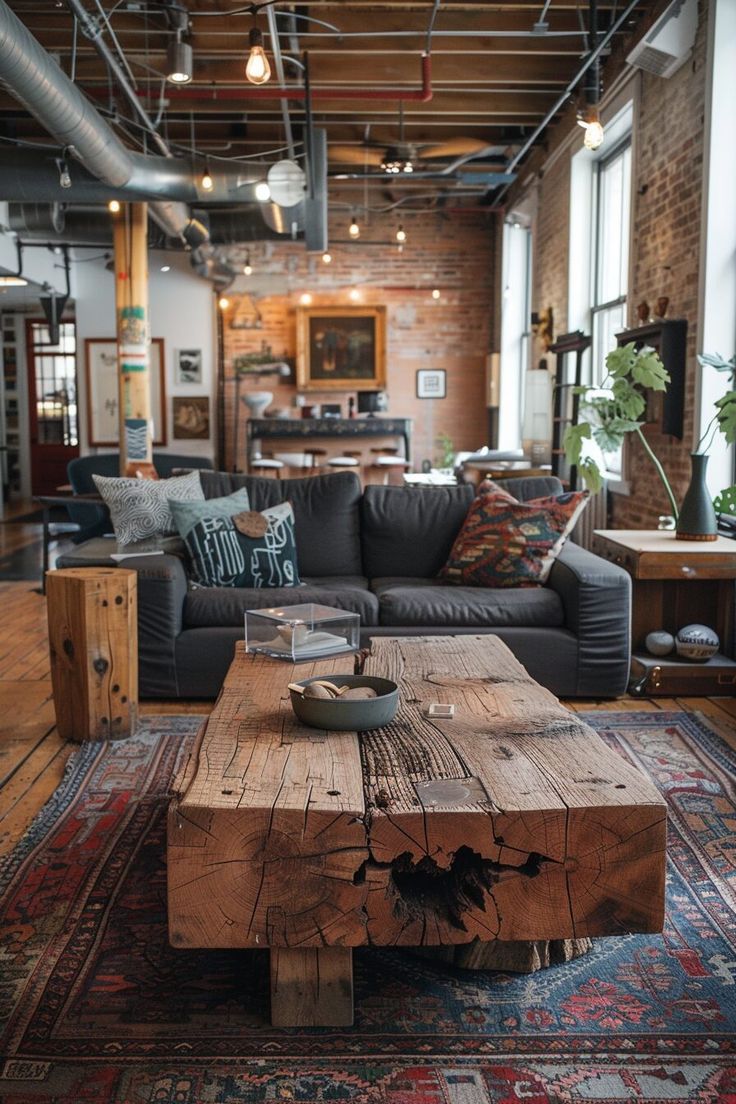In today’s world, the importance of sustainability cannot be overstated. As we strive for modernization, there’s a growing trend in industrial interiors that focus on eco-friendliness. Many businesses are recognizing that they can achieve a cutting-edge aesthetic while being kind to the planet. This article explores sustainable materials that can transform modern spaces while maintaining a commitment to the environment.
The Rise of Sustainable Design
Over the past few years, there’s been a notable shift in design philosophy, moving towards sustainability and eco-conscious choices. Industrial-style interiors often draw on raw materials, but the incorporation of sustainable resources is redefining what ‘industrial’ can mean. It’s more than just a trend; it’s a necessary evolution that marries function and responsibility.

Notable Sustainable Materials
1. Reclaimed Wood
One of the most popular materials in eco-friendly design is reclaimed wood. It offers an aesthetic that adds warmth and character to industrial spaces. Not only does using reclaimed wood help reduce deforestation, but it also gives a second life to old materials that would otherwise contribute to landfill waste.
2. Bamboo
Bamboo is another fantastic sustainable option, as it grows rapidly and requires minimal resources. It’s incredibly strong and versatile, suitable for flooring, furniture, and even lighting fixtures. Its natural finish can add an organic feel to modern designs, making it an ideal choice for ecologically-minded consumers.
3. Recycled Metals
Recycled metals such as aluminum and steel are excellent choices for creating fixtures and furniture. These materials not only maintain the industrial look, but using recycled versions helps minimize energy consumption often associated with metal production. This reduces the carbon footprint significantly, making it a win-win.
Benefits of Eco-Friendly Industrial Design
Choosing sustainable materials for industrial interiors carries a multitude of benefits. These advantages span both environmental impacts and long-term savings for businesses. Here are some key benefits:
- Reduced environmental impact through lower consumption of new resources.
- Improved air quality and worker well-being through the use of non-toxic materials.
- Potential cost savings on energy bills with energy-efficient designs.
- Enhanced brand reputation, attracting eco-conscious consumers.
Creating a Cohesive Look
When utilizing sustainable materials in an industrial space, cohesion is essential. Mixing various sustainable materials can lead to a beautiful yet harmonious design. For instance, pairing reclaimed wood with metal fixtures can create an aesthetic that celebrates the contrast between warm and cool tones. It’s all about finding what feels right for each specific space.
Challenges in Implementation
While the benefits of utilizing sustainable materials are enticing, there are challenges as well. Sourcing quality reclaimed materials can sometimes be time-consuming, and the cost can be higher upfront compared to conventional materials. However, the long-term benefits often outweigh initial costs, particularly when considering how these choices contribute to a healthier planet.
The Future of Eco-Friendly Industrial Design
Looking ahead, it’s clear that the demand for eco-friendly designs will only grow. Advances in technology are making it easier to access sustainably sourced materials, and as consumers become more environmentally conscious, businesses must adapt. The merging of sustainability and industrial design holds great promise, offering creative opportunities that prioritize our planet’s health.

Conclusion
In summary, embracing eco-friendly industrial interiors is not just about aesthetics; it’s about setting a precedent for future design trends. By opting for sustainable materials, businesses can create modern spaces that resonate with today’s eco-conscious values without sacrificing style. Investing in sustainability isn’t just an ethical choice; it’s a savvy business move for those who wish to remain relevant in our ever-evolving world. As we move forward, let’s harness the power of design to create spaces that honor both creativity and the environment.
-friendly industrial interiors, emphasizing sustainable materials while ensuring the language remains accessible and engaging for a broad audience. The content maintains a balanced tone suited for individuals with a high school education, catering to the current trend of eco-conscious design.


